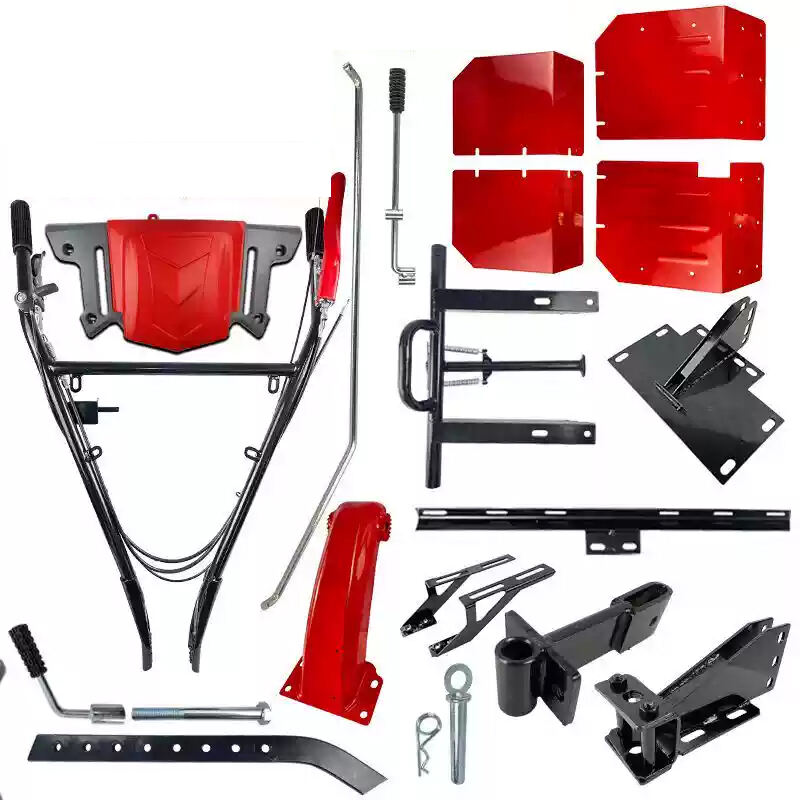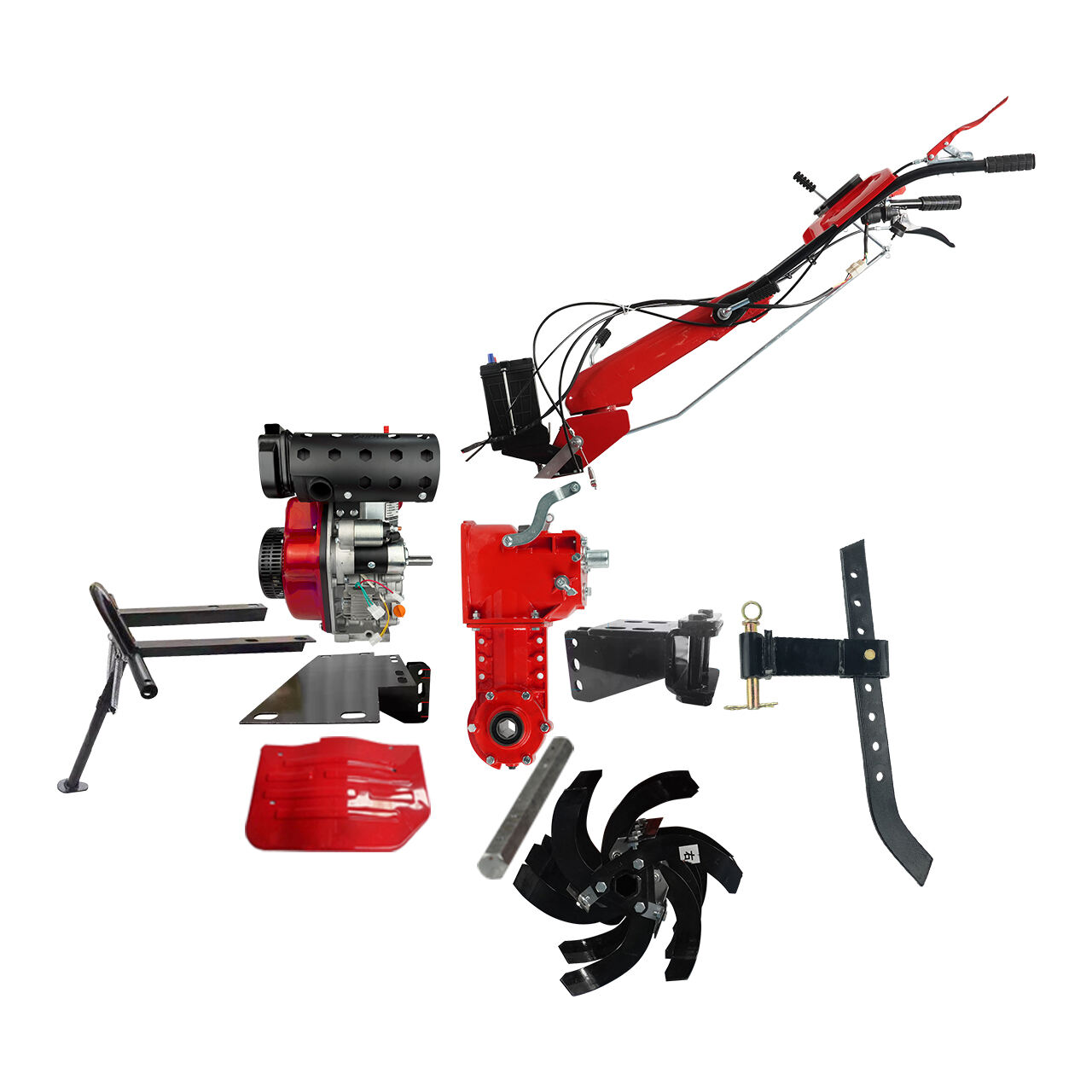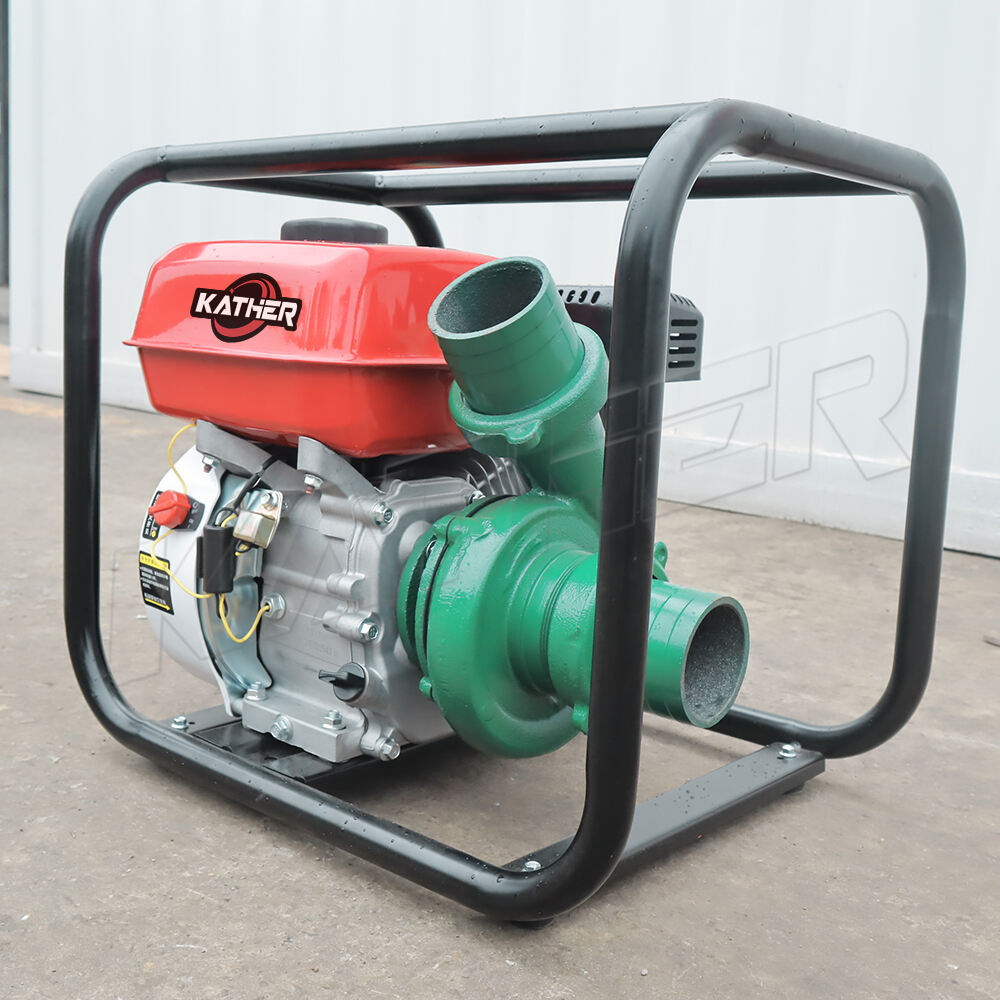tiller blade
A tiller blade is a crucial agricultural implement designed to break up and aerate soil while preparing it for planting. This essential tool consists of sharp, curved metal blades mounted on a rotating shaft that effectively cuts through soil, grass, and crop residue. Modern tiller blades incorporate advanced materials and engineering to maximize durability and performance. The blades are typically made from hardened steel, featuring specialized coatings to resist wear and corrosion. When in operation, these blades rotate at high speeds, efficiently breaking up compacted soil, incorporating organic matter, and creating optimal growing conditions. The design allows for various working depths, making them suitable for both shallow cultivation and deep soil preparation. Tiller blades come in different configurations, including L-shaped, C-shaped, and curved designs, each optimized for specific soil conditions and cultivation requirements. The blade spacing and arrangement are carefully engineered to prevent clogging while maintaining consistent soil mixing. These implements can be attached to various power sources, from small garden tillers to large agricultural tractors, offering versatility across different scales of operation.


